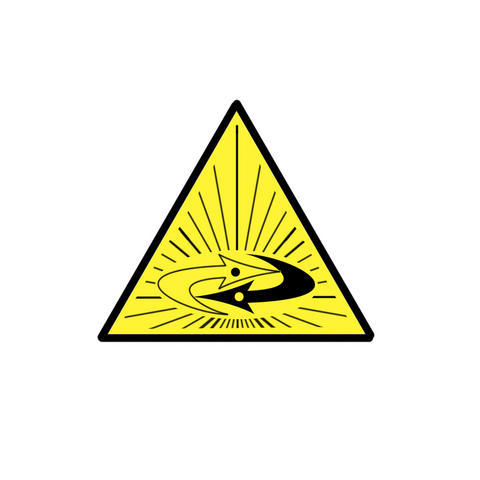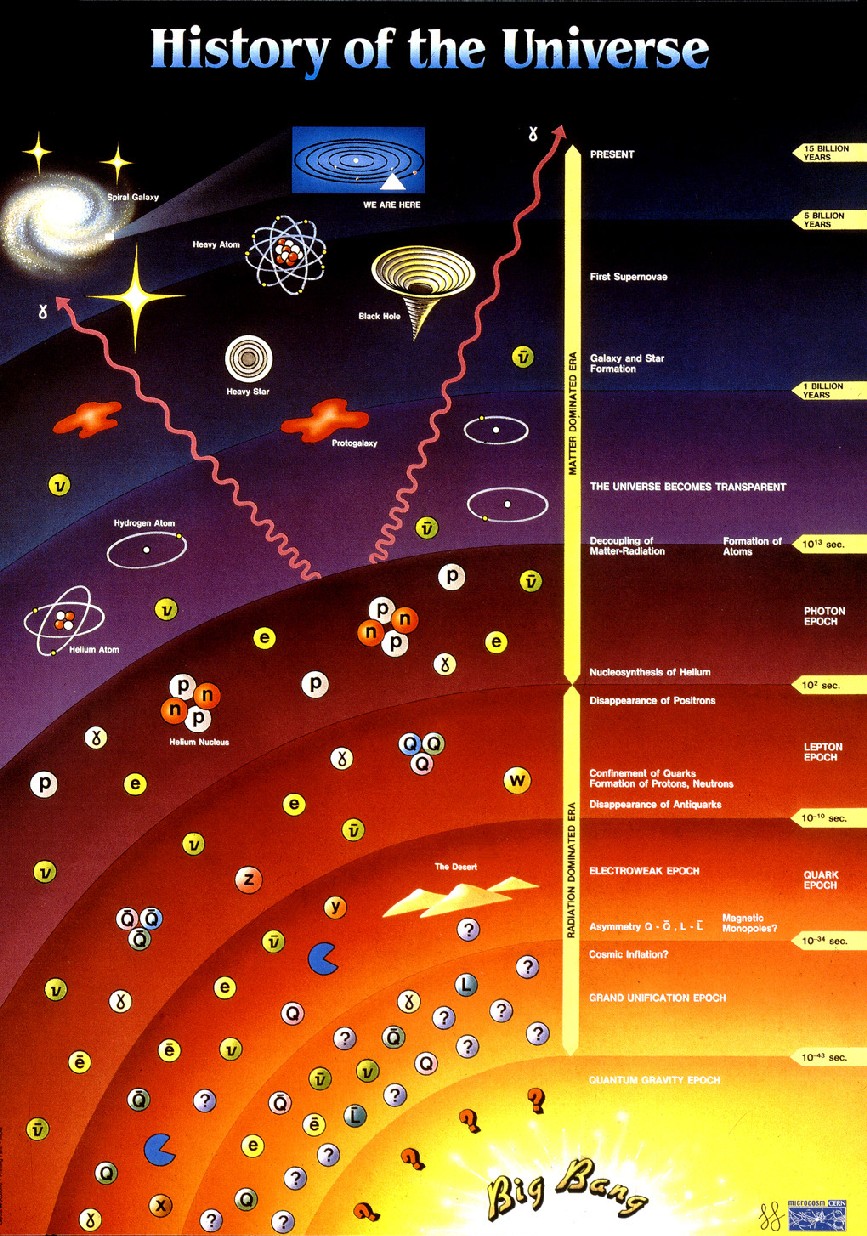

By way of comparison, the cost of the Manhattan Project (to produce the first atomic bomb) is estimated at US$23 billion in 2007 prices. Using the convention that 1 kiloton TNT equivalent = 4.184×10 12 joules (or one trillion calories of energy), one half gram of antimatter reacting with one half gram of ordinary matter (one gram total) results in 21.5 kilotons-equivalent of energy (the same as the atomic bomb dropped on Nagasaki in 1945).Īs of 2004, the cost of producing one millionth of a gram of antimatter was estimated at US $60 billion.

Annihilation requires and converts exactly equal masses of antimatter and matter by the collision which releases the entire mass-energy of both, which for 1 gram is ~9×10 13 joules. The paramount advantage of such a theoretical weapon is that antimatter and matter collisions result in the entire sum of their mass energy equivalent being released as energy, which is at least two orders of magnitude greater than the energy release of the most efficient fusion weapons (100% vs 0.4-1%). Antimatter weapons are currently too costly and unreliable to be viable in warfare, as producing antimatter is enormously expensive (estimated at $6 billion for every 100 nanograms), the quantities of antimatter generated are very small, and current technology has great difficulty containing antimatter, which annihilates upon touching ordinary matter. An antimatter weapon is a theoretically possible device using antimatter as a power source, a propellant, or an explosive for a weapon.


 0 kommentar(er)
0 kommentar(er)
